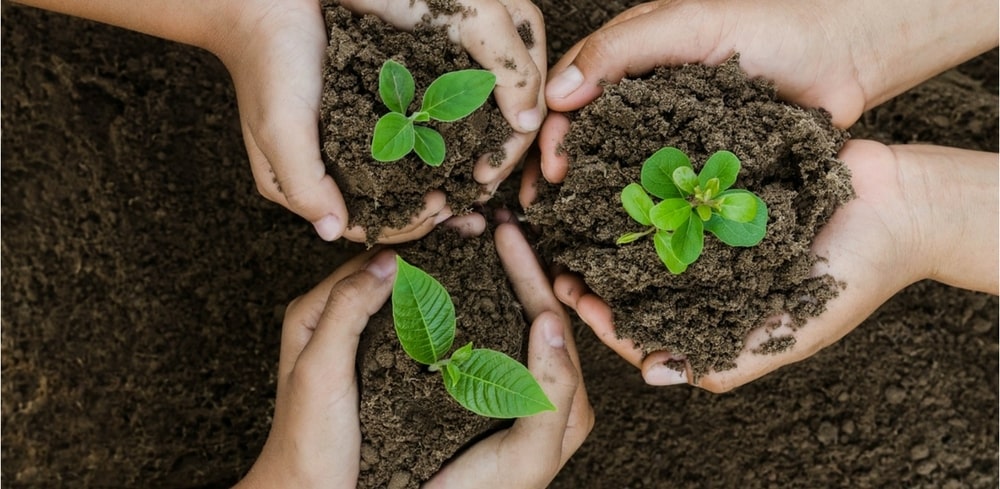
The soil is the main source of a tree’s oxygen, water, and nutrients. Without it, no tree will survive. That is why choosing the right type of soil is a make-it-or-break-it decision for every tree planter.
We give you this comprehensive guide on the different kinds of soils to help you make the right decision.
What is the best soil for planting trees?
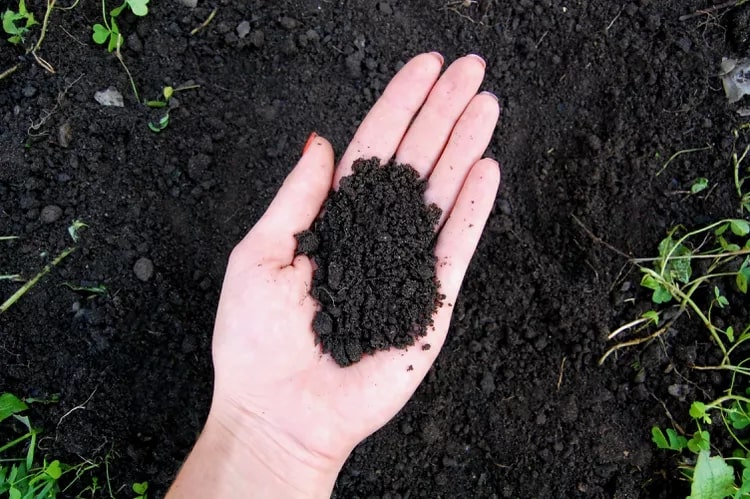
Generally, loam soil is the best for planting trees because it facilitates a great nutrient cycle, ensures water regulation, and filters pollution better than other soils.
It consists of 40% sand, 20% clay, and 40% silt soil, which provides a good composition for aeration, drainage, and water-holding.
Other types of soil
Apart from loam soil, there are other types of soil that are suited for specific types of trees.
1. Chalk soil
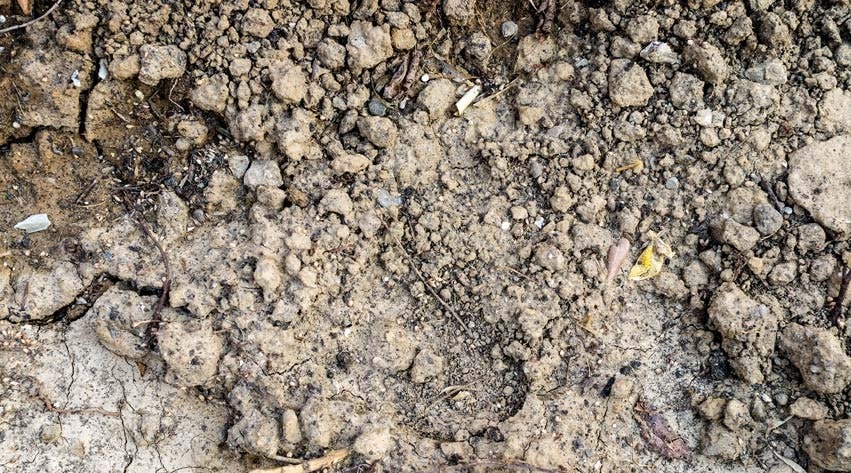
| Best for | Apple, acer, hornbeam, judas, hawthorn, mulberry, cherry, pear trees |
| Composition | Calcium carbonate or chalk, alkaline |
| Habitat | Temperate grasslands, savannas, shrublands biome, deep digging or roadwork areas |
This is a lime-rich type of soil than can either be heavy or light. It is composed of alkaline and calcium carbonate.
To use this soil, make sure the tree can withstand alkaline conditions.
You can easily identify chalky soil when you see white clumps.
To prepare the chalk soil, you can till in organic material like peat moss, compost, humus, manure, and a composted leaf or pine needles.
Trees that grow in chalky soil are apple, acer, hornbeam, judas, hawthorn, mulberry, cherry, and pear trees.
2. Peat soil
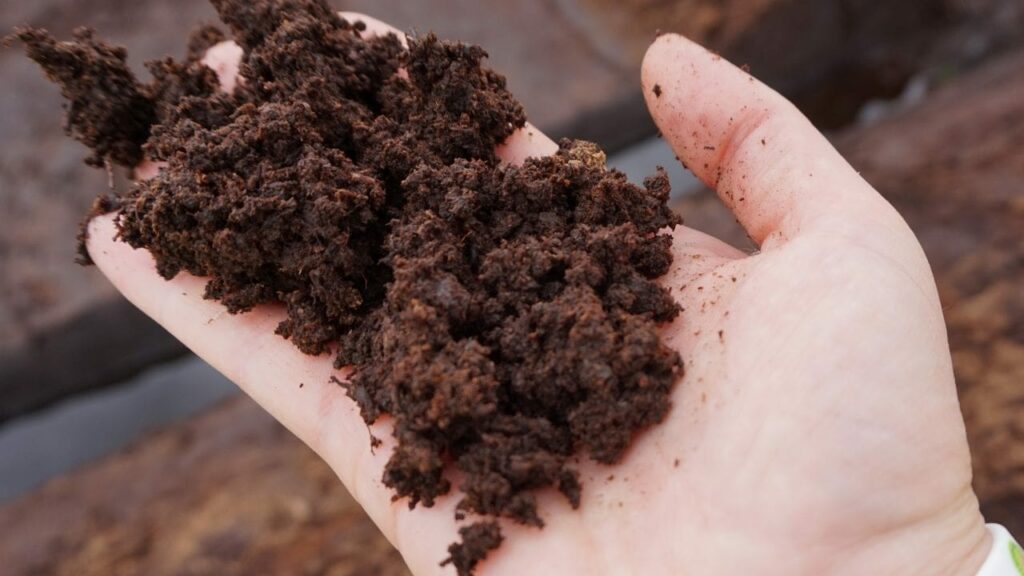
| Best for | Rhododendron, camellia, witch gazel, lantern, heather trees |
| Composition | Carbon, hydrogen, nitrogen, phosphorus derived from decomposed organic materials |
| Habitat | Wetlands, mires, bogs, fens, swamps, marshes, pocosins Widespread in the temperate and cold regions of the Northern Hemisphere |
It consists of organic matter and water particles, making it good for moisture retention.
Peat soils are best used for newly-planted trees.
Trees and shrubs that grow in well-drained peat soil include the rhododendron, camellia, witch gazel, lantern, and heather trees.
3. Silt soil
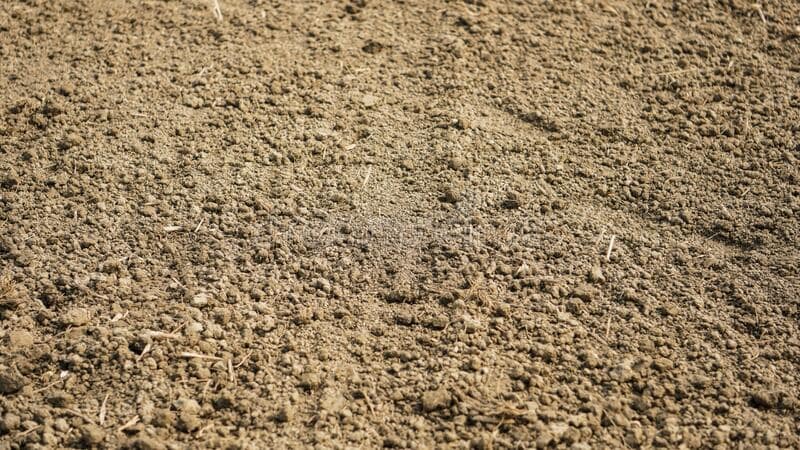
| Best for | Cypress, dogwood, willow, and birch trees |
| Composition | Fragments of eroded and weathered rocks and quartz |
| Habitat | River deltasVery hot and very cold climates |
Albeit light, this is one of the most fertile types of soil. It has a slippery texture and is great for water retention.
Silt has larger particles than clay soil but is smaller when compared to sandy soil.
It is commonly found near wetlands, lakes, rivers, and other water bodies.
Trees that grow in silt are moisture-loving and they include cypress, dogwood, willow, and birch trees.
4. Clay soil
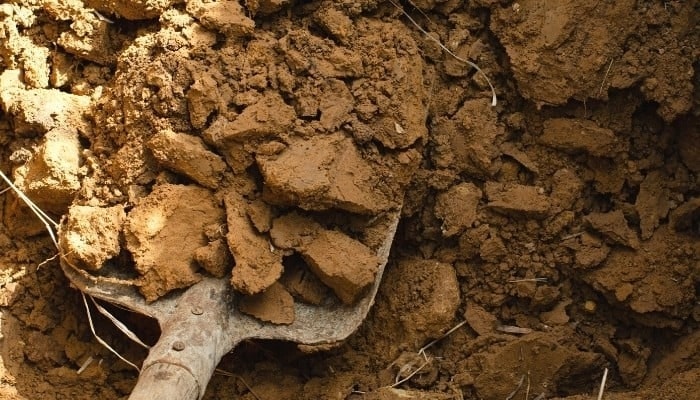
| Best for | White ash, European larch, poplar, red maple, white cedar, white pine, Norway spruce trees |
| Composition | Clay minerals or hydrous aluminum phyllosilicates |
| Habitat | soil horizons, continental, and marine sediments, geothermal fields, volcanic deposits, weathering rock formations |
This is a heavy type of soil but is rich in nutrients. It has dense, smooth, wet, and sometimes sticky textures.
However, it is compact which makes it difficult for water and air to go through them.
Trees that best grow in clay include white ash, European larch, poplar, red maple, white cedar, white pine, and Norway spruce trees.
5. Sandy soil
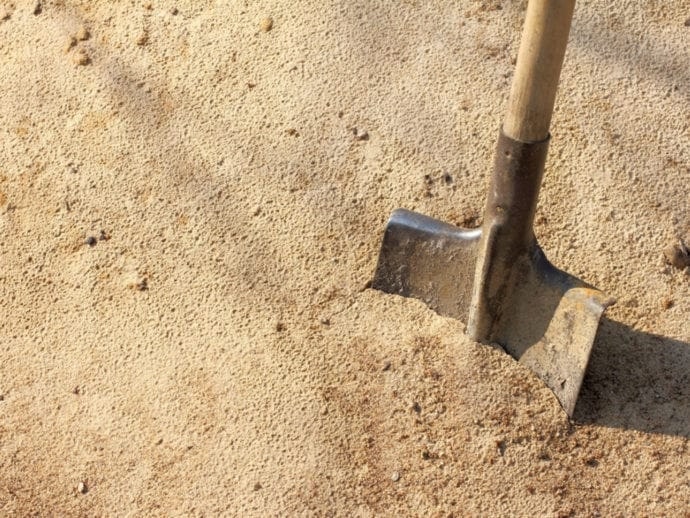
| Best for | Red oak, white cedar, European larch, red, white and Scotch pine, poplar trees |
| Composition | Small particles of weathered rocksLow nitrogen contentHigh in calcium carbonate |
| Required Climate Condition | Arid and semi-arid regions |
Sandy soil is light, dry, and poor in nutrients.
There are large spaces between its particles so water and nutrients flow easily.
Because of its texture, sandy soil is low in water retention and fast in water drainage.
To boost water retention and drainage, you can add organic materials to the sandy soil.
You can grow red oak, white cedar, European larch, red, white and Scotch pine, and poplar trees in sandy soils.
How does soil help trees grow?
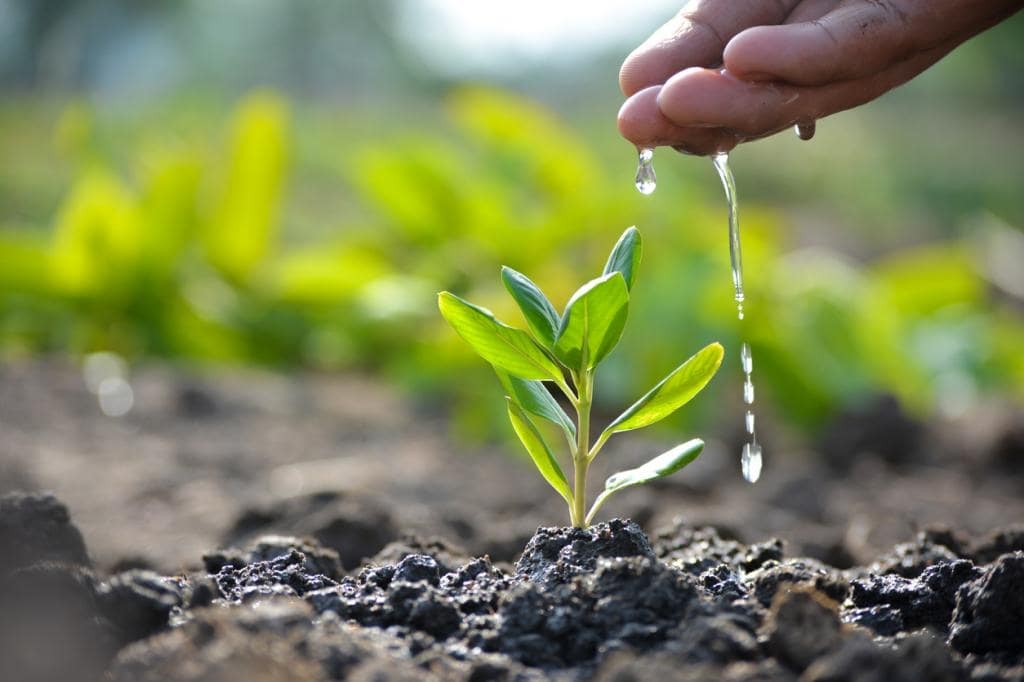
Soil helps trees grow by providing all the minerals, vitamins, nutrients, and water that it needs for development and growth. It also gives physical support by serving as an anchor and foothold for its roots and trunk.
Soil likewise serves as insulation for the tree’s roots as it helps regulate the temperature in different weather conditions. By doing so, the roots can absorb all the nutrients and additives in the soil and transport them to the tree itself.
How to prepare soil for planting trees
Here’s how to prepare the best soil to grow a tree:
1. Dig a hole.
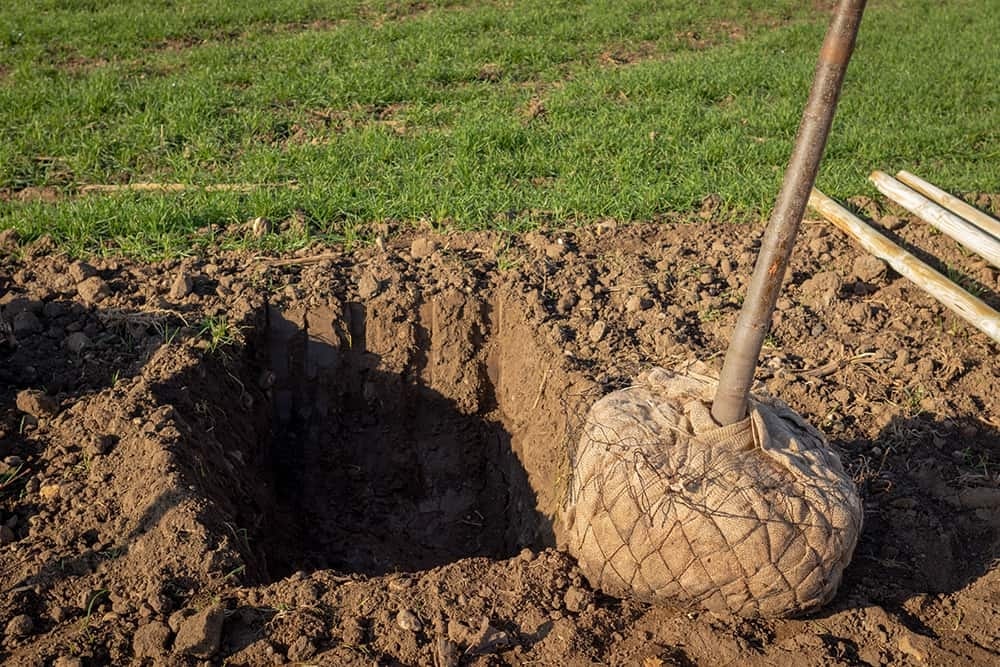
This hole must be within the appropriate depth relative to the root mass of the plant. It is recommended that the hole must be 2 to 3 times the size of the tree’s root mass.
You should also make sure that the root ball is placed higher than the ground level.
To eliminate air pockets, you can gradually add water as you fill the hole with soil.
2. Feed soil with organic matter.
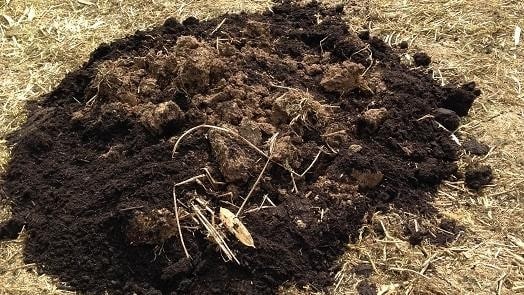
Continuously add fertilizer, compost, and organic matter to keep the soil healthy. Make sure to tailor them to the type of soil and tree that you have.
3. Provide a steady water source.
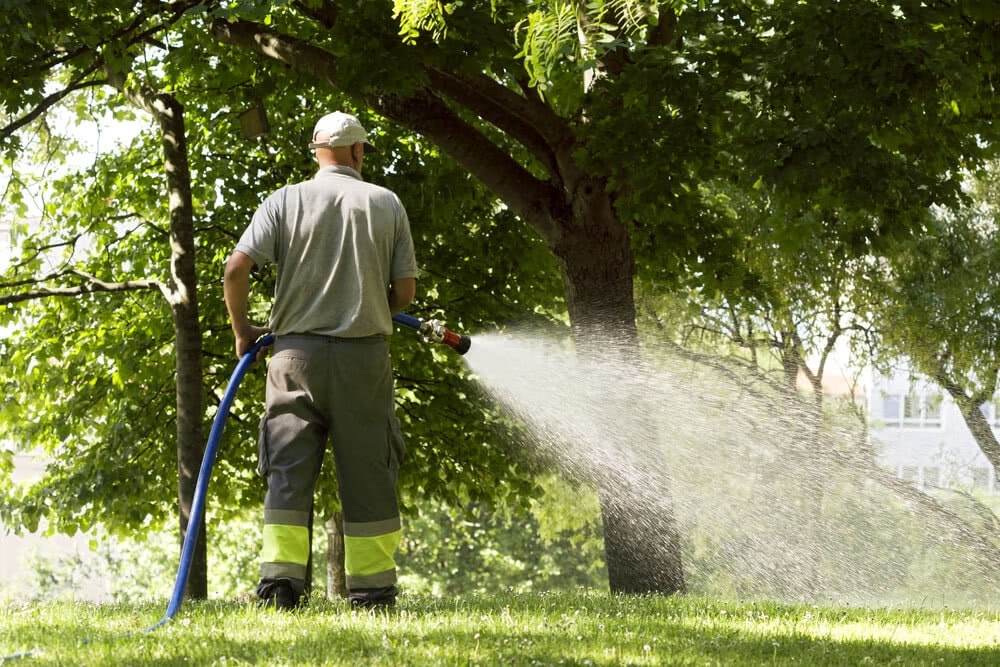
Watering the tree not only helps speed up its growth but also ensures that the roots and soil settle in their place. Just do not overdo it, lest you drown your tree.
How do you improve the soil around a tree?
Here are 3 suggestions on how to improve your soil:
1. Feed the soil with organic matter and compost.
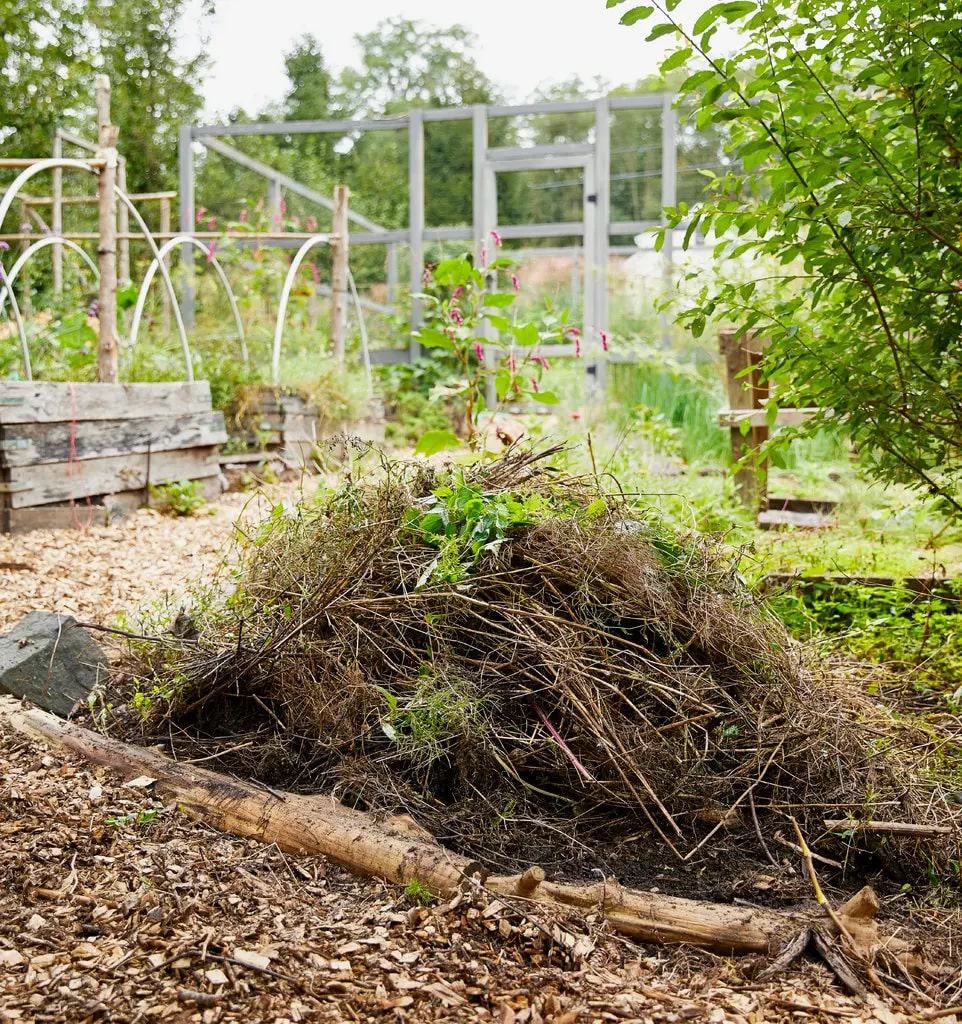
This is the most highly-recommended step in improving the soil.
The organic matter pertains to carbon-based compounds like manure or plant materials while composed refers to organic matter that has decomposed.
Feeding soil with these two improves nutrient retention, water absorption and drainage, and soil structure and even protects the tree against plant diseases.
2. Perform a soil test.
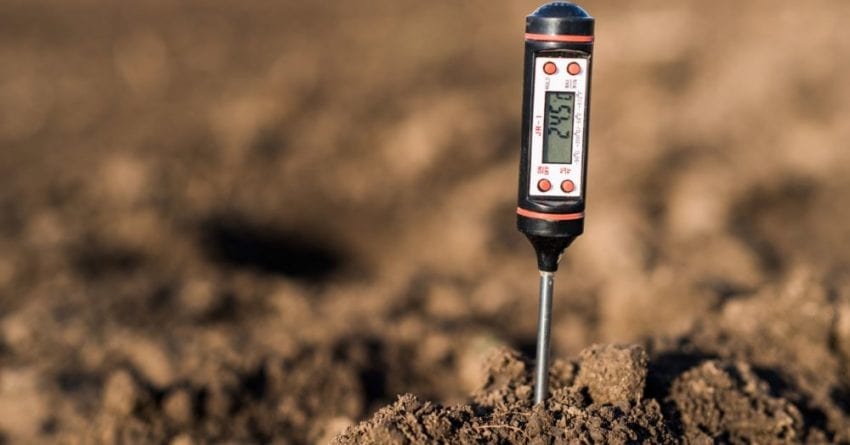
Every tree and soil has its own needs. Soil tests inform you of the nutrients, soil pH level, and organic matter content.
Soil tests must be conducted every 3 to 5 years. It is recommended that soil tests are conducted during the fall season so you will have enough time to make adjustments before the spring or harvest season.
To conduct a DIY soil test, follow these steps:
- With a shovel, cut a V-shaped hole, about 6 to 8 inches deep into the soil.
- Take out a 1-inch strip from the center of the slice as a sample.
- Repeat the random sampling and mix them in one container. Remove other organisms or plant residues from the soil sample.
- Mix ½ cup of vinegar with 1 spoonful of soil. If the mixture bubbles or fizzes, the soil is alkaline.
- Mix ½ cup of water with a spoonful of soil and add baking soda. If it bubbles or fizzes, the soil is acidic.
- If there is no reaction from the mixture, the soil is neutral or balanced.
3. Take the weeds out.
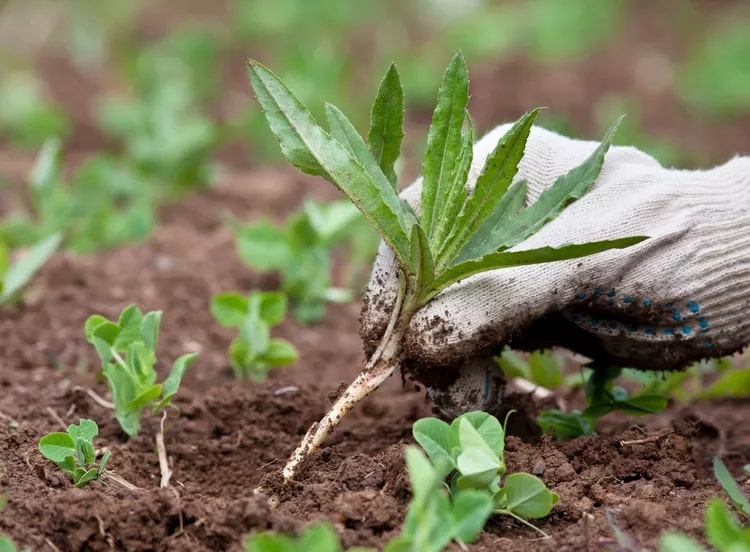
Apart from taking care of the bottom area of the tree, also look around for weeds.
By their nature, weeds compete with the main tree in terms of nutrient and water absorption.
Keeping the surroundings of the tree free from weeds and other parasitic matter with ensure that your tree will be getting all the water and nutrients it deserves.
Frequently Asked Questions
Garden soil pertains to topsoil mixed with organic matter with high water retention while potting soil consists of perlite, vermiculite, and other sterile materials that make the soil loose for drainage.
Garden soil is recommended for plants meant for garden beds because they have a heavier texture and high water retention. Unlike potted soil, it does not have characteristics that help in water drainage in containers.
Potting soil, on the other hand, consists of sterile matter that keeps the soil loose to facilitate proper water drainage in containers.
Potting soils are recommended for container trees. Since this type of soil is made of compost and perlite, the soil retains an adequate water level with proper drainage capacity.
A dry and cracked texture is the ultimate sign that it is bad soil. This means that the soil is not able to absorb and drain water anymore.
Other signs include a lack of fruits in a tree, a purple hue of the plant, wilted flowers, and discolored leaves.
Mulch is the best soil additive for trees. It is composed of hay, grass cuttings, leaves, sawdust, and the like to help retain soil moisture and prevent weeds from growing near the tree.
Trees do not need fertilizer during planting time. The plant’s energy is directed to establishing its root system which fertilizers filled with nitrogen might suppress.
Compost is the best soil improver because it is made of organic residues like kitchen waste, grass cuttings, and other decomposing matter that increase good microorganisms that bring more organic nutrients to the soil.
Got more tips on choosing the best soil for planting trees? Share with us in the comment box below!




